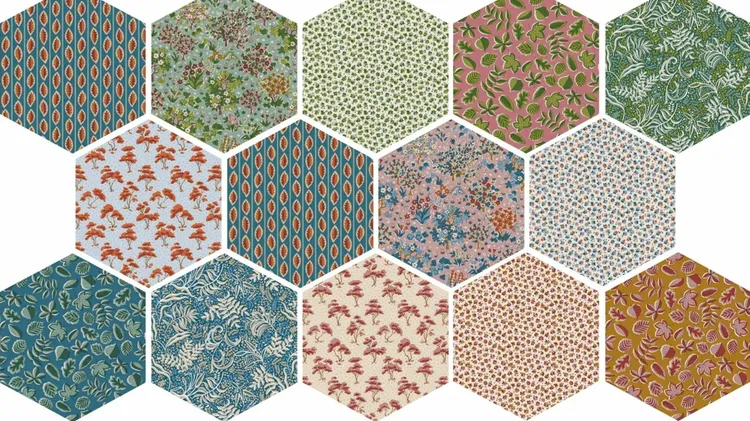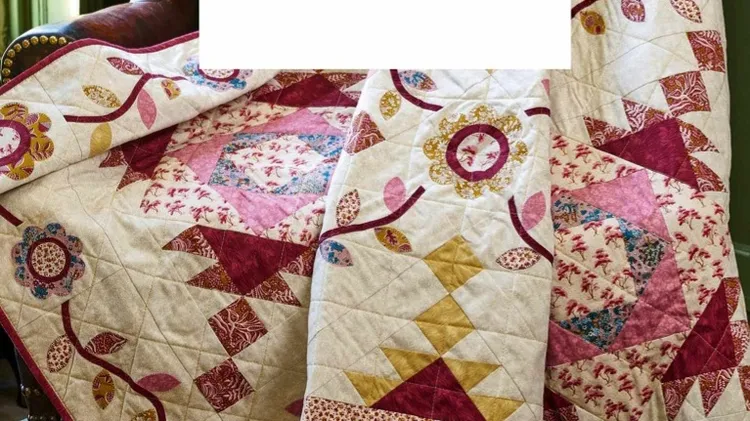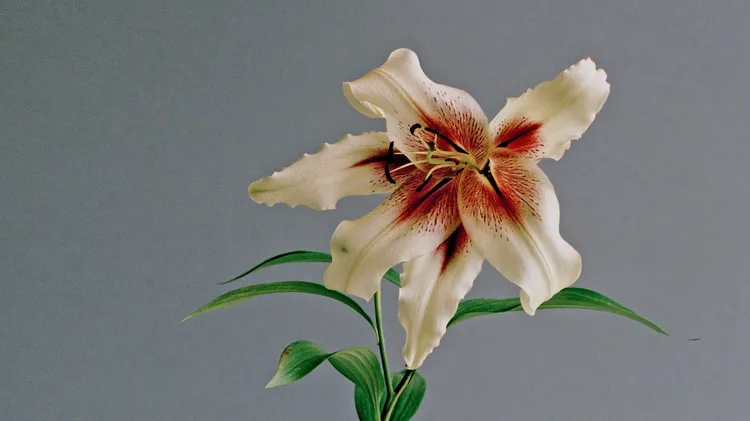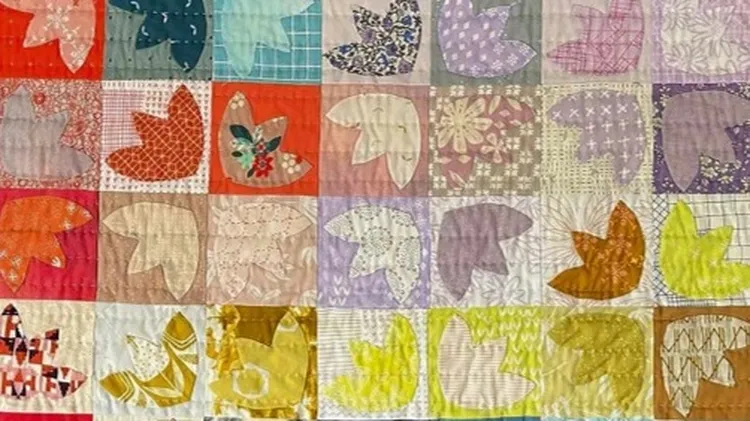Anne Williams takes a look at some British quilts, old and new, in
Quilting stylesflora quilts
6 min read
This article is from...
Read this article and 8000+ more magazines and newspapers on Readly






